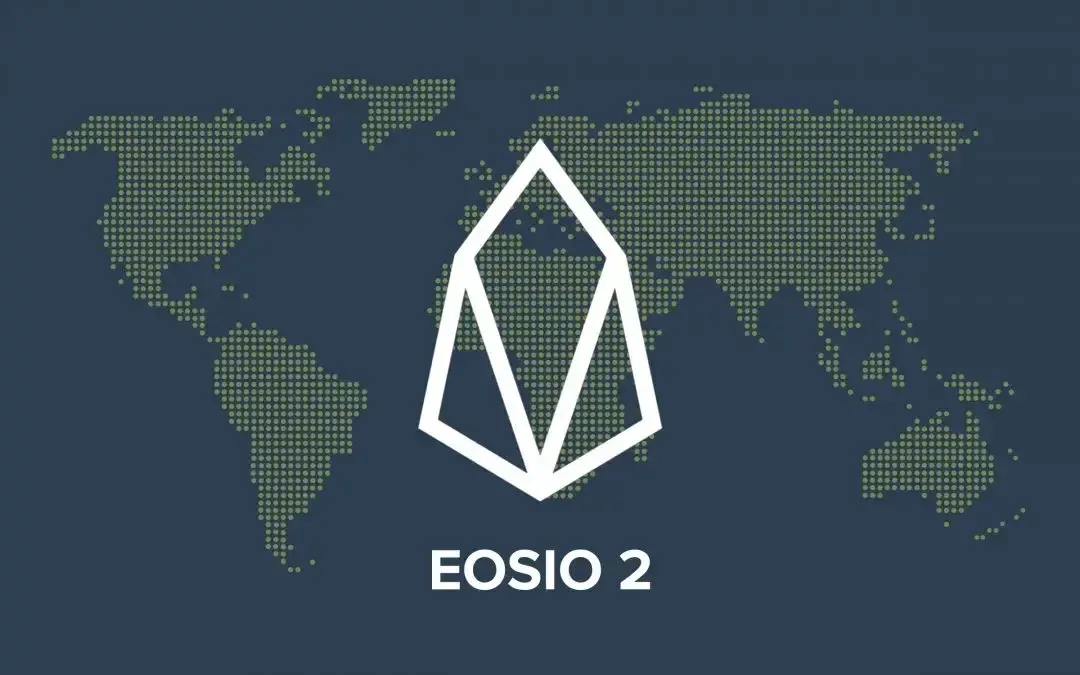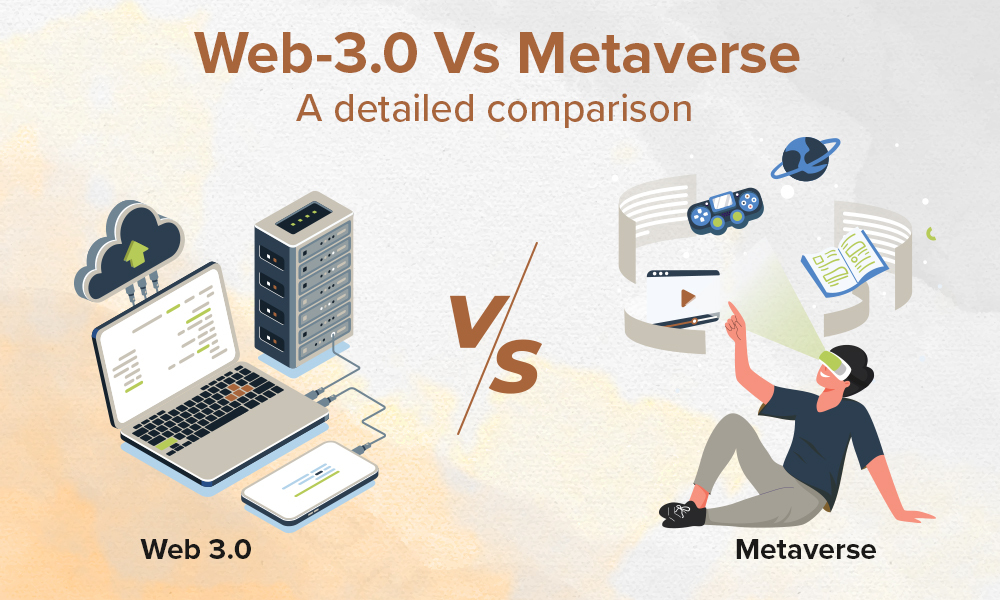EOSIO 2, the second iteration of EOS blockchain has been recently introduced to the world keeping blockchain developers in mind. The main objective behind EOSIO 2 is to offer a faster, simpler, and more secure environment for developers to build on EOS blockchain.
In a recent blog post, published on 8th October 2019, EOSIO was unveiled to make it easier for developers to build and execute smart contacts working on top of EOSIO 2. With the latest iteration, Block.one set out to solve issues they believe all developers face when building on blockchain:
- Painfully slow speed in which smart contracts are executed
- The barrier to entry for new blockchain developers
- The security of public and private keys.
The Block.one’s team stated, “We continue to regularly iterate new features into the EOSIO software suite to provide developers access to higher-performing software enhancements, a secure means of transaction signing, and robust authentication protocols.”

Four major components of EOSIO 2
According to the announcement, EOSIO 2 release includes four key components to solve the issues discussed above. They are as follows:
EOS VM
EOS VM is a more efficient WebAssembly (WASM) engine for processing smart contracts. It is specialized for blockchain applications that allow for more efficient use of system resources that enable faster execution of smart contracts. EOS VM brings significant improvements in terms of speed, more than 16 times, compared to the old Binaryen, released with the first iteration of EOS.
EOSIO Quickstart Web IDE
In general, it may take many hours or even days for a blockchain developer to set up the environment. Solving this problem, EOSIO Quickstart Web IDE comes as a powerful, new development tool for building smart contracts and associated application on EOS that can be set up in minutes. It will also allow novice as well as experienced developers to build and execute smart contracts and DApps quickly, in any browser. It helps Block.one in its aim to lower the barrier to entry for new EOSIO blockchain developers.
WebAuthn Support
WebAuthn Support is a widely accepted secure authentication standard that enables transactions signing without browser extensions or additional software installed on your device. It provides developers with a secure way of signing with WebAuthn in their EOSIO applications, enhancing the level of security for private keys.
Weighted Threshold Multi-Signature Block Production Support
Current consensus regulations need one cryptographic block signing key per block producer. This key, whether stored on disk securely or protected with a hardware wallet, acts as a single point of failure. It can also lead to several consequences if the key becomes inaccessible. Weighted Threshold Multi-Signature Block Production is a more secure way for EOS block producers to use different keys to sign blocks. It significantly improves the security and scalability of block production.
A brief on EOS Blockchain
EOS Blockchain was launched in mid-2018 aimed to support industry-scale decentralized applications. It allows for the development, hosting, and execution of DApps on its platform. Similar to Google’s Play Store and Apple’s App Store, EOS offers developers with the required functionality to build blockchain-based apps akin to web-based apps. You can read more about EOS Blockchain here.
Team Behind EOS
EOS Blockchain and its latest iteration, EOSIO 2, has been developed by a company called Block.one, based in the Cayman Islands. Two of the core team members of the company are listed below (complete list here):
Brendan Blumer is the CEO of the company and has been working to implement blockchain technology in various industries since 2014.
Daniel Larimer is the CTO of the company and the man behind BitShares and Steemit. He is also the inventor of the widely adopted concept of delegated proof-of-stake.



.jpg)
